When emperor Hadrian captured Jerusalem, he changed the name of the city of David to Aelia Capitolina, erected there altars to all the gods and forbade the Jews to observe the rite of circumcision. In Ad 135 emperor Hadrian founded in Rome the school of philosophy, oratory and literature which he called Atheneum. The unique status of the goddess Athene, the patroness of Athens is implicit in the story of her motherless birth – she was born directly from Zeus’s brain, so she could be called Logos! With the help of this school the Roman emperors will try to transform the Christianity of Jerusalem into Catholicism at Rome.
During most of his political career, Constantine seems to have thought that the Unconquered Sun and the Christian God were compatible – perhaps two view of the same Supreme deity – and that the other gods, although subordinate, were nevertheless real and relatively powerful. Thus, on occasion, he would consult the oracle of Apollo, accept the title of High Priest, or Pontiff that had traditionally been the prerogative of emperors, and partake of all sorts of pagan ceremonies without thinking that he was thus betraying or abandoning the God who had given him victory and power. The ancient gods were far from forgotten. Christianity had made very little progress among the old aristocracy and the rural masses. There were in the army many followers of Mithra and other gods.
GALILEO'S CIRCLET
Using his method of squaring circle Kepler turned Copernican circles into ellipses. Newton who embraced Kepler’s method adopted also his ellipses. But Galileo rejected Kepler’s “improvement” and retained Copernicus’s circular orbits.
Galileo’s own drawing of the heavens, published in his Dialogue in 1632, explains why he retained circular orbits. The circle in the middle of the zodiac is not the sun; it is the orbit of the sun, which is marked by the circlet on the circumference. Galileo, exactly like Copernicus, viewed the sun as the mythological sun god driving his chariot in a circle.
Consider these lines by Shakespeare:
Hark, Hark! The lark at heaven’s gate sings,
And Phoebus’s gins arise.
Middle English ginne was short for Old French engine. Gin-horse moves in a circle or track.
The Academy of Athens and the Museum of Alexandria, the two great centers of learning of the time, were devoted to the study of ancient pagan wisdom. An imperial decree could not undo all this – not yet, anyway. And in any case the emperor himself, who saw no contradiction between the Unconquered Sun and the Incarnate Son, was not inclined to issue such a decree. And this tradition endured for centuries. Renaissance Pope Pius II (1458-64) believed that the Roman Empire had fallen because the scholars had deserted paganism for the Papacy. After Giovanni di Medici was elected Pope Leo X (1475-1521) a lampoon was posted on the Pasquino Navona to the effect that Giovanni might make a good Pope if only he believed in God. Rome greeted death of Pope Adrian VI’s after only one-year pontificate with great joy. Some believed that he was poisoned by his physician. Rome does not tolerate a Christian Pope.
Statements of speculative philosophy were termed by Latin writers: decreta, scita, placita, axiomata, enunciata, effata. Cicero replaced all these terms by one: dogmata. Inquisition was not an invention of the Catholic Church; already Plato wanted to defend his dogma with help of such institution.
Galileo turned his telescope to Saturn and wrote to J. Kepler: “Altissimum planetam tergemium observavi” (I have observed that the farthest planet is threefold). The last word of Galileo’s solution is especially revealing. He does not advocate his conclusion by stating “I conjecture,” “I infer,” or “it seems to me that the best interpretation is…” Galileo simply said: I have observed it; I have seen it with my own eyes.
In 1975 Prof. S. Sambursky, a friend of Einstein’s introduced Copernicus to the Israel Academy of Science and Humanities as “the man who initiated this era of modern science…as the man who by the sheer force of imagination broke the chains of sense perception, the ingenious discoverer of a scientific truth involving one of the greatest revolutions in man’s view of the world.” (See, Proceedings of the Israel Academy of Science and Humanities, vol. V, No. 11).
Truth is that "astronomers can see nothing" beyond the "shell of radiation". What they claim to see is fabricated and computer programmed, as this scientist who is beginning to smell a very big rat notes: "It is well to remember that a great deal of modern cosmology, especially when its practitioners are trying to predict its destiny and retrodict its origin, is sheer mathematical manipulation and evolutionary philosophical imagination. ‘It ain’t necessarily so!"
Consider the case of the planet Saturn as seen by Galileo. When he turned his telescope on Saturn in 1610 he saw Saturn to be not a single star, but three together, which almost touch each other, he wrote. His telescope was magnifying just 20 times, so it showed the rings but made them appear as lobes on either side of the planet. Galileo was puzzled when the lobes vanished a few years later.
He abjured nothing about his previous observations, or about the righteousness of the empirical method in general. He merely made a classical allusion to the myth about the planet's “bodacious” eponym:
“But in the past few days I returned to it and found it to be solitary, without its customary supporting stars, and as perfectly round and sharply bounded as Jupiter. Now what can be said of this strange metamorphosis? That the two lesser stars have been consumed? ... Has Saturn devoured his children? Or was it indeed an illusion and a fraud with which the lenses of my telescope deceived me for so long?”
Most likely, the threefold body of Saturn as seen by Galileo was inspired by the classical depictions of the planet in which the two snakes driving the chariot of the god Saturn match the delusional vision of Galileo. Possibly, there is a direct link between Galileo's observations and a fancy dress worn by Elizabeth I, Queen of England as depicted in her portrait preserved in Metropolitan Museum of Art, in New York.
Einstein himself admitted, "When I examine myself and my methods of thought I come to the conclusion that the gift of fantasy has meant more to me than my talent for absorbing positive knowledge.” The word "fantasy" equates, of course, with such things as: "delusion, illusion, misconception, trick, fool’s paradise, self-deception, hallucination, false light, figment of the imagination, something unsubstantial, thin air, mockery", etc.
Benedict XVI vs. John Paul II
In the 1980s pope John Paul II started the process of rehabilitation of Galileo. He convened a commission of scientists, historians and theologians to review the case. They reached the amazing conclusion that the judges who condemned Galileo had been wrong. By 1984 it seemed that the Catholic Church was ready to admit that the Bible may not be the most reliable guide to the way the universe actually works. John Paul acknowledged that the Bible should not be taken literally because “the intention of the Holy Spirit is to teach how to go to heaven and not how to get to the heavens.”
But on March 15, 1990 speaking at La Sapienza, the then Cardinal Ratzinger declared that the church had been quite right to try and punish Galileo and he quoted the Austrian philosopher Paul Feyerabend, who said: “At the time of Galileo the church remained much more faithful to reason than Galileo himself. The process against Galileo was reasonable and just.” Obviously the current pope wants to retreat from John Paul II's position.
The authorities at La Sapienza University had invited Pope Benedict XVI to come and speak at the inauguration of the new academic year, but the physics department mobilized in protest and the pope was forced to cancel his appearance.
The controversy began when in November 2007 an emeritus professor of physics, Marcello Cini, wrote an open letter to the rector of La Sapienza, published by the communist newspaper Il Manifesto. In this letter Cini launched a ferocious attack on the rector for having invited the pope. Cini claimed that pope Benedict's right to speak would signal a leap backwards of at least 300 years. Cini attempted to discredit the pope's conviction that reason and faith are compatible ,because in his opinion this idea is merely the continuation of the battle against science which was fought by the inquisition and would serve no other purpose than to impose religious dogma and pseudo-scientific methods.
In the opinion of the former Vatican spokesperson Navarro-Valls, particularly emblematic was one of the slogans put up by a protestor, who offered the saying: “science is secular!” Indeed, because the use of an adjective such as “secular” is quite curious in defense of a value that's been sacrosanct for at least seven centuries, which is the autonomy and freedom of research in the university. What is the exact meaning of the secular humanism?
During the Enlightenment, Gnostic Luciferianism was disseminated on the popular level as secular humanism. All of the governing precepts of Gnostic Luciferianism are encompassed by secular humanism. This is made evident by the philosophy's rejection of theistic morality and enthronement of man as his own absolute moral authority. While Gnostic Luciferianism has no sacred texts, Humanist Manifesto I and II succinctly delineate its central tenets. Whittaker Chambers, former member of the communist underground in America, eloquently summarizes this truth:
"Humanism is not new. It is, in fact, man's second oldest faith. Its promise was whispered in the first days of Creation under the Tree of the knowledge of Good and Evil: 'Ye shall be as gods.'"
I doubt that Cini and his co-religionists throughout the world would ask a Muslim religious representative to issue a “mea culpa” for the persecution of Averroes, a vile heliocentric atheist before setting foot in “La Sapienza.” According to the well-known psychological rule, the thoughtless multitude of the Buddhists turned the atheistic Buddha into their new god and according to the same rule the learned world venerates Copernicus, Galileo, Newton as new gods ruling supreme over Science. This Science is personified in front of La Sapienza by the statue of the goddess Minerva, a Roman counterpart of the Greek Athene who was depicted in a dress adorned with swastikas. (Google Images of Athene)
Quite recently La Sapienza took the responsibility not only for hosting and organizing the worldwide meeting of university rectors, but above all for making the complex proposal for the development of a “new humanism for the third millenium.” Or Global Science for the Third Reich of the Third Millenium.
Friday, February 29, 2008
Subscribe to:
Post Comments (Atom)



















































































































































































































































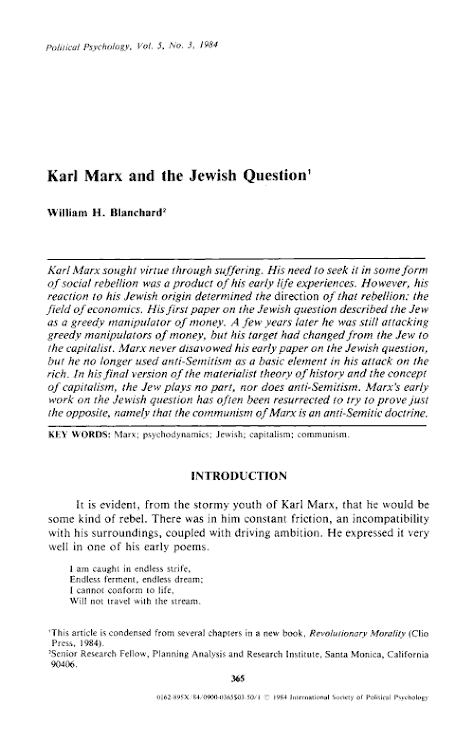











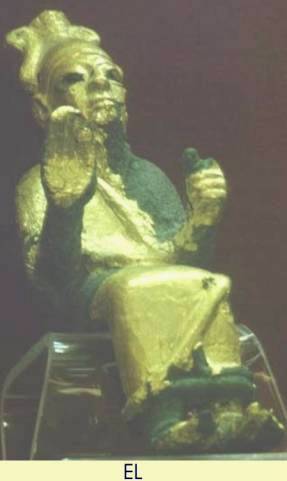

































+Anniversay+Dinner.jpg)





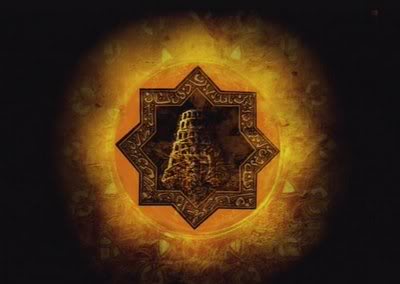









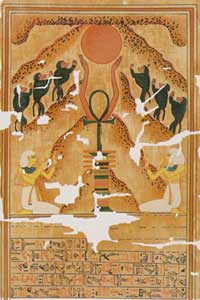









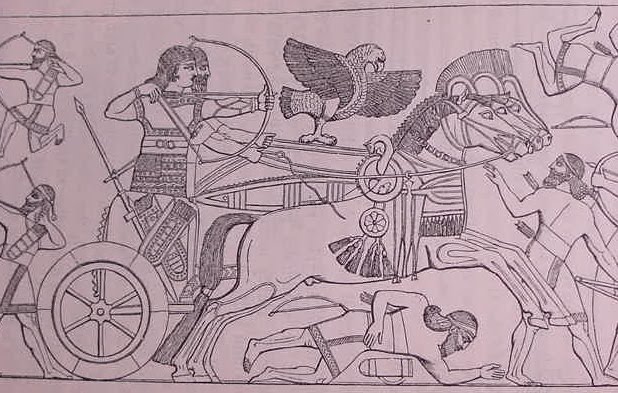
























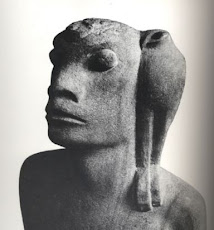












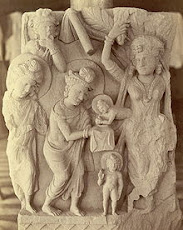




















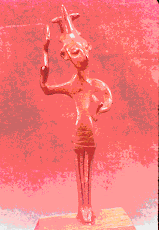






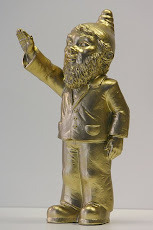












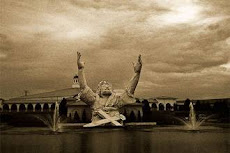














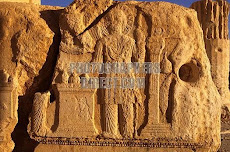

























No comments:
Post a Comment